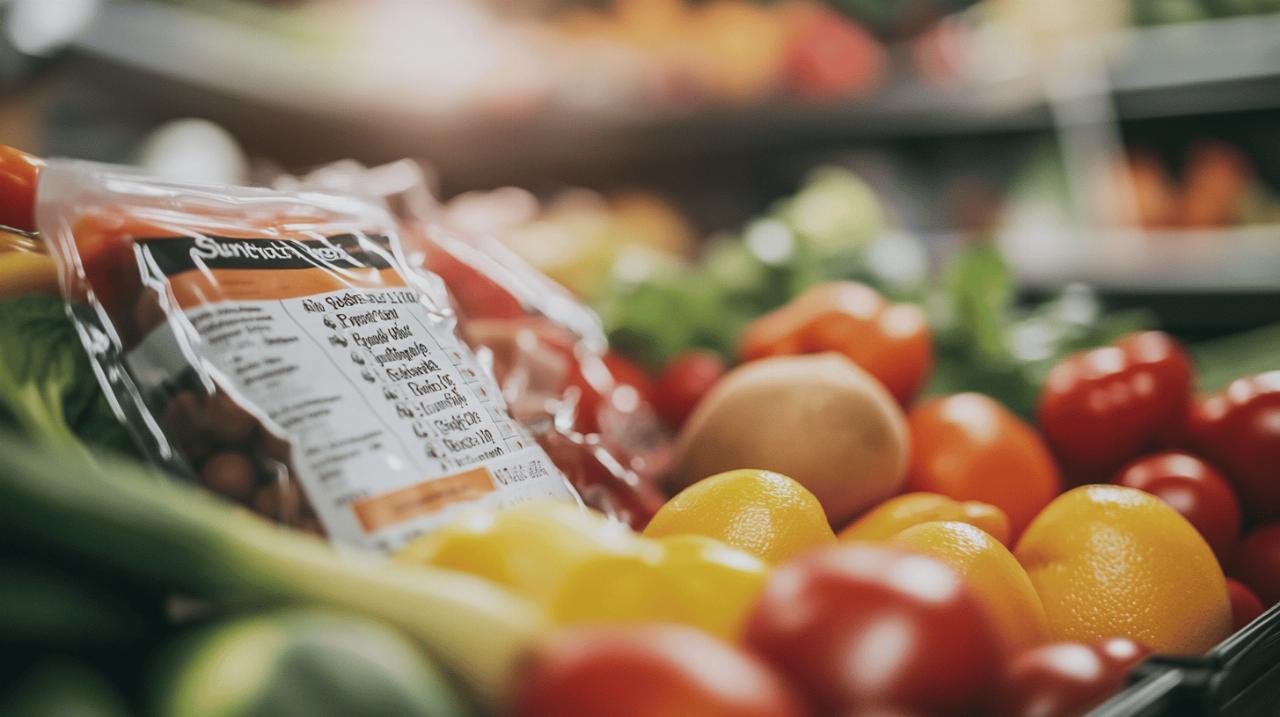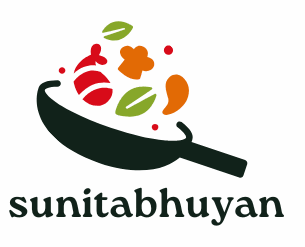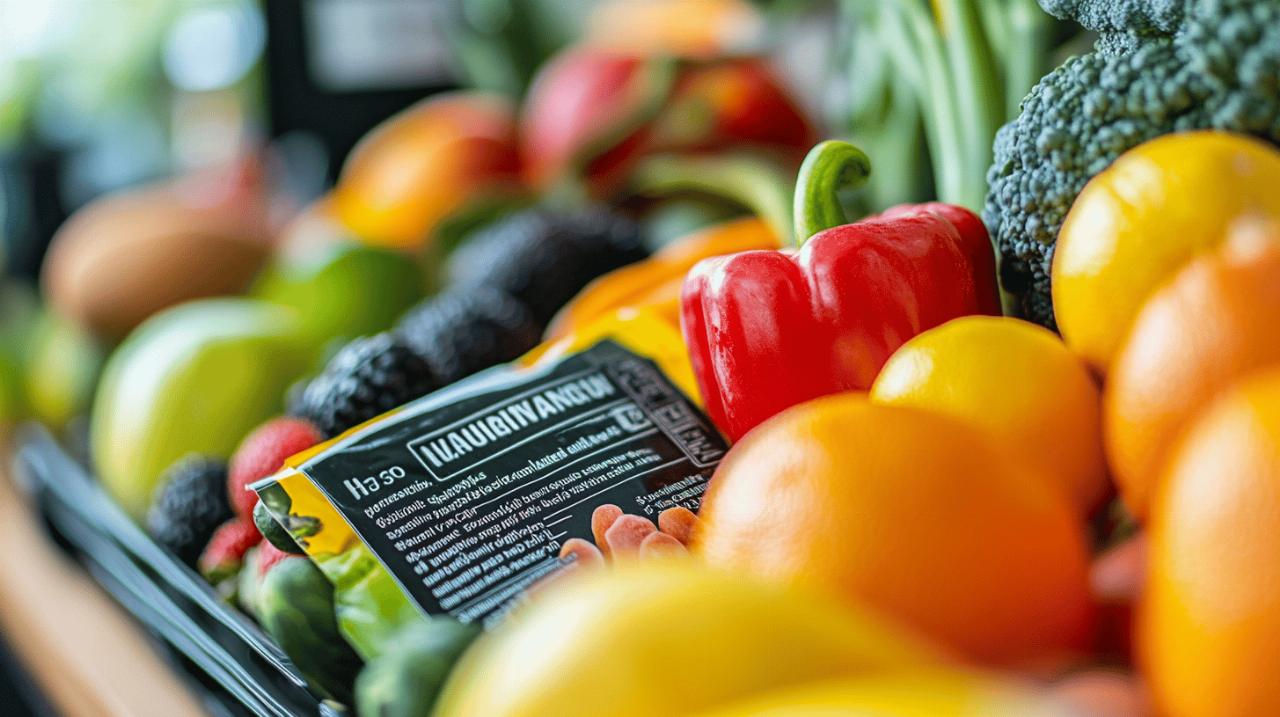Navigating the world of food labels can feel like a daunting task, especially when you're committed to a vegetarian, vegan, or gluten-free lifestyle. The sheer volume of information crammed onto packaging can be overwhelming, yet mastering this skill is essential for making informed choices that support your health and align with your dietary values. Understanding what those numbers, percentages, and ingredient lists truly mean empowers you to select foods that are not only suitable for your diet but also nourishing and beneficial for your overall wellbeing. This guide will walk you through the key elements of nutritional labels, breaking them down into manageable pieces so you can shop with confidence and clarity.
Decoding the Basics: Serving Sizes and Calorie Counts
When you first glance at a food label, the serving size is the very first piece of information you should note. This detail is crucial because every subsequent number on the label, from calories to vitamins, is calculated based on this specific amount. It's all too easy to assume that the nutritional information applies to the entire package, but that's rarely the case. If you consume more than the stated serving size, you'll need to adjust your understanding of what you're actually eating. For instance, if a packet lists four servings and you eat the whole thing, you're consuming four times the calories and nutrients listed for a single portion. Paying close attention to this ensures you have an accurate picture of your intake and helps you manage your diet more effectively.
Understanding portion sizes on food labels
Portion sizes on food labels are determined by manufacturers based on typical consumption patterns, but these may not always reflect how much you personally eat at one sitting. It's worth taking a moment to compare the stated serving size to the amount you typically consume. This is particularly important for snack foods, which often come in packages that contain multiple servings but are commonly eaten in one go. By being mindful of portion sizes, you can avoid accidentally overeating and ensure that you're staying within your nutritional goals. This awareness is especially valuable when following a plant-based diet where nutrient density and balance are key to meeting your body's needs without relying on animal products.
Calories and Energy: What the Numbers Really Mean
Calories provide a measure of the energy you'll get from consuming a particular food. A reasonable calorie range per serving is generally considered to be between one hundred and fifty and two hundred kilocalories, though this can vary depending on your individual energy requirements and activity levels. The example of a product containing one hundred and ninety kilocalories per serving with four servings per container illustrates how quickly energy intake can add up. If you were to eat the entire container, you would be consuming seven hundred and sixty kilocalories, which could represent a significant portion of your daily energy needs. Understanding this helps you make balanced choices throughout the day, ensuring that you're getting enough energy without exceeding your requirements. For those on a vegetarian or vegan diet, it's also important to consider the quality of those calories, focusing on whole foods that provide sustained energy rather than processed options that may leave you feeling unsatisfied.
Macronutrients explained: fats, carbohydrates, and proteins
The macronutrient section of a food label breaks down the amounts of fats, carbohydrates, and proteins in a single serving. These three groups are the building blocks of your diet, each playing a vital role in maintaining your health. Fats are essential for hormone production and nutrient absorption, carbohydrates provide quick energy and fibre for digestive health, and proteins are necessary for building and repairing tissues. When you're following a plant-based or gluten-free diet, understanding how to read this section can help you ensure you're getting a balanced intake of all three macronutrients, as plant-based sources can sometimes require a bit more attention to meet your protein and fat needs.
Navigating fat content: saturated vs unsaturated
Fats on food labels are typically divided into saturated and unsaturated types, and it's important to understand the distinction between the two. Saturated fats, which are often found in processed foods and some plant-based products like coconut oil, can raise cholesterol levels when consumed in excess, so it's best to keep your intake of these relatively low. Unsaturated fats, on the other hand, are considered healthier and are found in foods like nuts, seeds, avocados, and certain oils. These fats support heart health and can help reduce inflammation in the body. When reading labels, aim to choose products that have higher amounts of unsaturated fats and lower amounts of saturated fats. This is particularly relevant for those on a vegan or vegetarian diet, as plant-based sources of fat can vary widely in their nutritional profiles. Checking the fat content also helps you identify products that may be heavily processed or contain palm oil, which, while plant-based, has its own environmental and health considerations.
Carbohydrates and sugars: spotting hidden sweeteners
The carbohydrate section of the label includes the total amount of carbs, which is then broken down into sugars and dietary fibre. Sugars can be naturally occurring, as in fruits and dairy, or added during processing, and it's the added sugars that you need to watch out for. Too much added sugar can contribute to weight gain, blood sugar imbalances, and other health issues, so it's wise to choose products with minimal added sugars whenever possible. In some cases, sugar may even be the primary ingredient in a product, which is something to be aware of when making your selection. For example, a vegan and gluten-free snack might list sugar as the main ingredient, followed by rice flour and palm oil, which indicates that the product is more of a treat than a nutrient-dense option. Natural alternatives like fruit-based sweeteners or products sweetened with dates can be a better choice if you're looking to reduce your intake of refined sugars. Fibre, which also falls under carbohydrates, is incredibly beneficial for digestion and helps you feel fuller for longer, so aim for products that provide at least five grams of fibre per serving. Wholegrains, pulses, and legumes are excellent sources of fibre and should be staples in a healthy plant-based or gluten-free diet.
Micronutrients and Daily Values: Making Sense of Percentages
 Micronutrients, which include vitamins and minerals, are listed on food labels along with a percentage of the daily value they provide. This percentage is based on a standard two thousand calorie diet, which means it offers a general guideline rather than a precise recommendation for your individual needs. However, these percentages can still be incredibly useful for comparing products and ensuring that you're meeting your nutritional requirements. For those on a vegetarian, vegan, or gluten-free diet, paying attention to specific micronutrients is particularly important, as certain vitamins and minerals can be harder to obtain from plant-based or restricted diets.
Micronutrients, which include vitamins and minerals, are listed on food labels along with a percentage of the daily value they provide. This percentage is based on a standard two thousand calorie diet, which means it offers a general guideline rather than a precise recommendation for your individual needs. However, these percentages can still be incredibly useful for comparing products and ensuring that you're meeting your nutritional requirements. For those on a vegetarian, vegan, or gluten-free diet, paying attention to specific micronutrients is particularly important, as certain vitamins and minerals can be harder to obtain from plant-based or restricted diets.
Vitamins and Minerals: Essential Nutrients for Plant-Based Diets
When you're following a plant-based diet, certain nutrients require a bit more attention to ensure you're getting enough. Calcium and vitamin D are crucial for bone health and can be found in fortified plant-based milk, tofu, leafy greens, nuts, and seeds. In colder climates, a vitamin D supplement may be necessary, as sunlight exposure is often limited. Iron is another important nutrient, available in quinoa, dark leafy greens, beans, lentils, soy, and fortified cereals. Pairing these iron-rich foods with sources of vitamin C, such as citrus fruits or bell peppers, can significantly enhance absorption. Zinc is found in nuts, seeds, beans, and lentils, while vitamin B12 is predominantly found in animal products, making it essential for vegans to consume fortified foods or take a supplement. Vegetarians who include dairy and eggs in their diet can obtain B12 from these sources, as well as from fortified gluten-free products. Iodine is another nutrient to watch, as it's mainly found in fish and dairy, so vegans should look for fortified products or consider a supplement. Selenium can be obtained from nuts, seeds, some breakfast cereals, and certain breads. Checking the vitamins and minerals section of a food label helps you identify products that contribute to your daily intake of these essential nutrients.
Understanding Reference Intakes and What They Mean for You
Reference intakes, or daily values, are designed to give you a sense of how much of a nutrient is in a serving relative to the average person's needs. While these figures are based on a two thousand calorie diet, your individual requirements may be higher or lower depending on factors like age, gender, activity level, and overall health. Despite this, daily values remain a helpful tool for comparing products and identifying foods that are particularly rich in specific nutrients. For instance, if you're looking to boost your iron intake, choosing a product that provides a higher percentage of the daily value for iron can be a smart move. It's important not to be overwhelmed by these percentages but to use them as a guide to help you build a balanced and varied diet. Combining a range of whole foods, such as pulses, tofu, tempeh, quinoa, chickpea pasta, nuts, and seeds, ensures that you're meeting your nutritional needs in a sustainable and enjoyable way. Whole foods not only provide essential nutrients but can also reduce inflammation and lower the risk of chronic diseases, making them a cornerstone of healthy eating.
Special Dietary Requirements: Reading Labels for Vegetarian, Vegan, and Gluten-Free Diets
For those following vegetarian, vegan, or gluten-free diets, food labels become even more critical. Identifying suitable products requires a keen eye for allergen information, ingredient lists, and dietary markers that indicate whether a product aligns with your specific needs. Many supermarkets now make this easier by labelling products clearly, but it's still essential to read the full label to avoid any surprises. Products labelled as vegetarian may still contain dairy or eggs, which are often highlighted as allergens, so checking these details is a must if you're vegan. A statement indicating that a product may contain traces of certain allergens usually refers to potential cross-contamination during manufacturing and doesn't necessarily mean the product isn't suitable for your diet, though this is a personal decision based on your own level of dietary strictness.
Identifying suitable products: allergen information and dietary markers
Allergen information is typically displayed prominently on food labels, making it easier to spot ingredients like milk, eggs, or gluten at a glance. For vegans, it's important to be aware of animal-derived ingredients that may not be immediately obvious, such as casein, lactose, whey, collagen, elastin, keratin, gelatine, aspic, lard, tallow, shellac, honey, propolis, royal jelly, vitamin D3, albumen, isinglass, cod liver oil, and pepsin. Additionally, some E numbers are derived from animal products, including E120, E441, E542, E901, E904, E910, E920, E921, E913, and E966. Ingredients like glycerine, lactic acid, and stearic acid can be sourced from either animal or plant origins, so if you're unsure, it may be worth contacting the manufacturer for clarification. In the UK, most sugar is vegan-friendly, though icing sugar may contain egg whites, so it's worth checking the label. When selecting breakfast cereals, be aware that vitamin D fortification can come from animal-derived vitamin D3 or vegan-friendly vitamin D2. Gluten-free diets require vigilance as well, as hidden gluten can lurk in plant-based meat substitutes, flavoured tofu, tempeh, veggie burgers, and hot dogs. Certified gluten-free and plant-based products, such as Amy's soups, Daiya gluten-free pizza, Simple Mills products, Banza chickpea pasta, Impossible and Beyond Meat burgers when separated from toppings and buns, Oatly, Silk, So Delicious, Kite Hill plant-based yogurts and milks, Just Egg, and Hippeas snacks, can make shopping easier and more reliable.
Fibre and wholegrains: finding nutrient-dense options
Fibre is a type of carbohydrate that plays a crucial role in digestive health, blood sugar regulation, and satiety, making it an important component of any healthy diet. For those on a plant-based or gluten-free diet, focusing on wholegrains and high-fibre foods ensures that you're getting the nutrients you need while also supporting your overall wellbeing. Quinoa, for example, provides eight grams of protein per cup and is also a good source of fibre, making it an excellent choice for building balanced meals. Chickpea pasta is another fantastic option, offering more protein and fibre than traditional wheat pasta while being naturally gluten-free. When reading labels, aim for products that provide at least five grams of fibre per serving, as this helps keep your digestive system running smoothly and can contribute to a feeling of fullness that prevents overeating. Wholegrains, pulses, and legumes should be staples in your diet, as they are not only nutrient-dense but also cost-effective, making them accessible for anyone looking to eat healthily on a budget. Fortified foods, such as breakfast cereals and plant-based milks, can also help you meet your nutritional needs, particularly for nutrients like calcium, iodine, and vitamins B2, B12, and D. By choosing products that are rich in fibre and made from wholegrains, you're not only supporting your immediate health but also reducing your risk of chronic diseases over the long term. Learning to read food labels with confidence allows you to make informed choices that align with your dietary preferences and health goals, turning every trip to the supermarket into an opportunity to nourish your body and support your wellbeing.





